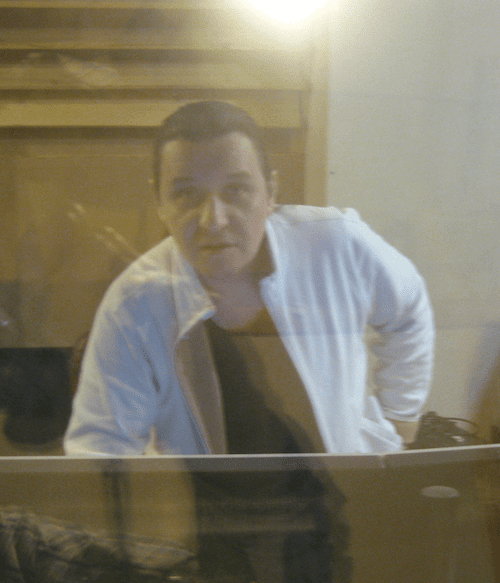Samples SaxBand Library
The idea behind SAXBAND is based on the principle of creating a library of Mid-Side stereo signals and maintaining the signal in this form until exiting the sampler as a “decoded” stereo sample.
The first stage was sampling. The Mid-Side technique required a single stereo pair of microphones, one in a cardioid pattern and the other in a figure-eight pattern (bi-directional). The cardioid mic-essentially a mono-component- was aimed at the saxophone being recorded and the figure-eight mic is placed at relative 90°angle, and as close as possible to the cardioid mic to minimize comb filtering caused by differences in arrival time.
The figure – 8 mic channels-one out of phase with the other getting its polarity reversed – are then panned right and left. The Cardioid mic is panned center, and balanced with the two figure – 8 channels thereby creating a natural-sounding in-phase stereo image.
Thus, after much trial and error the correct selection and positioning of microphones was achieved, and the libraries samples were produced. Great efforts were made to provide the user with the necessary tools to recreate the multiple dynamic nuances existing in a “real” live saxophone performance. Details may be found in the library’s documentation.
The second stage was programming the samples and software script writing (in this case for The Kontakt sampler). What sets the programming of SAXBAND apart from other libraries is that throughout all the manipulations of the sound in the program environment, it remained in the form of MID and SIDE components instead of left and right as in conventional libraries. The software was designed to manage these signal flows independently, and as a result, faithfully maintains the sonic properties of the concert hall and the instrument in that unique space. The result of this approach is noticeably different from simply adding reverb to a mono source.
The third phase of the work was the design/production of the software instrument itself. A low-latency, intuitive interface combined with user-friendly tools provide you with the ability to conveniently access and “tweak” a variety of “finishing touches”- toggling them with the buttons on the GUI’s Panel, and hot keys/notes in the lower octaves. Each tool controls MID and SIDE components. As a result, the user has a normal stereo signal sampler sent to the mixer, as in any other software instrument. SAXBAND libraries provide the user with an elegant and varied sonic palette, while remaining surprisingly simple to use.


